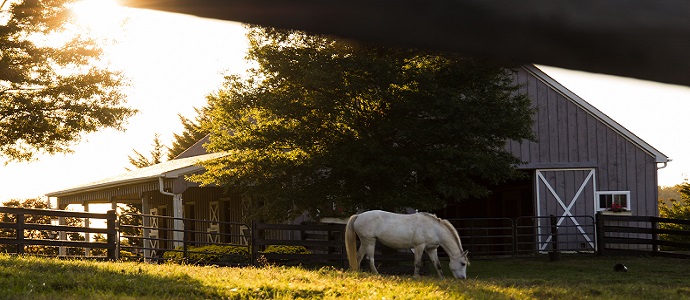Government intrusion is often obvious. We know when government taxes our income, stops us from using our drug of choice, or when they kick down our door and throw us in a cage. But sometimes, government actions are more subtle and confusing. It is often tempting to blame industry alone for the failures in the market and to ignore the substantial – but often less visible – role that government plays in regulating different markets. From the housing crisis and its relationship to banking to healthcare and sky-high costs, this tends to ring true. When it comes to food, nutrition, and its impact on health, blame is often allocated to the market by the uninformed individual.
The average person tends to vaguely understand the issue. They probably know a bit about farm subsidies, taxes, and the Food Pyramid. However, they most likely don’t understand the level at which government regulates our food. There is a long and storied history of government agriculture policy, import tariffs, food quotas, shoddy science guidelines, and regulation, all of which gets passed over for more obvious scapegoats such as the market and corporations.
Regulatory Agencies
The USDA was started under Lincoln in 1862.
There are two main agencies that regulate food in the U.S; the Food and Drug Administration (FDA) and the United States Department of Agriculture (USDA.) Both are charged with overall food safety nationwide. But the distinction in jurisdictions is often incredibly confused, with both agencies regulating different aspects of the same foods. For example, the FDA manages the feed chickens eat, but the actual chicken facility falls under USDA jurisdiction.





















